Israelis are gearing up for an historic event Thursday evening, as the country sets off to become the fourth nation to complete a controlled landing on the moon.
Israel’s unmanned Beresheet spacecraft has been making its journey to the moon for some seven weeks, having launched successfully from Cape Canaveral, Florida on February 22 as a secondary payload on a SpaceX rocket.
The spacecraft is expected to touch down on Thursday at 10:25 pm Israel time (3:25 pm EST).
SEE ALSO: Inside Israel’s Beresheet Spacecraft – A Great Technological Achievement
SpaceIL, the non-profit behind Israel’s lunar landing project, and the Israel Aerospace Industries (IAI) will live stream the landing beginning at 9:45 pm Israel time (2:45 pm EST) on its Facebook page and on YouTube.
A number of free watch parties, events, and celebrations sponsored by the Israel Space Agency are scheduled across the country, including in Mitzpe Ramon, Kiryat Shmona, Jerusalem, Givatayim (just outside Tel Aviv), and Hod Hasharon (about 30 minutes from Tel Aviv), where the main official event will be held featuring a dance party, kid-friendly workshops, a moon-themes selfie wall, and a special screening.
SpaceIL and IAI have urged people to organize more private watch-parties and tag #Israeltothemoon on social media where fans and followers have been posting photos of their preparations for the lunar landing.
Joining in the festivities, the Israeli Airports Authority listed the expected moon landing on its arrivals timetable.
In an explainer video, SpaceIL and IAI said its preparations for the historic moon landing included locating a level plain with a diameter of 30 km free of rocks and craters. The Beresheet spacecraft is traveling in an elliptical orbit around the moon at some 6,120 km per hour, and the landing process, which is autonomous, will begin at an altitude of 25 km and at a distance of 800 km from the landing site.
When the landing moment comes, a series of commands from SpaceIL and IAI’s control room in the central Israeli city of Yehud, will activate the spacecraft’s sensors, after which its engine will run as it makes its way to the landing site.
SpaceIL and IAI have indicated that should a problem arise, the spacecraft will re-enter its elliptical orbit around the moon and abort the landing process. But should everything go according to plan, the spacecraft will begin to reduce its altitude and when it reaches an altitude of 5 km, it will begin measuring the moon’s precise surface in preparation for its landing. At 5 meters from the surface, and at 0 km per hour, the spacecraft’s engine will shut down and it will freefall onto the moon’s surface.
The spacecraft has traveled 5.5 million km (over 3.4 million miles) in its orbits and another one million while orbiting the moon. It has made 12.5 Earth orbits, including seven at an altitude of 70,000 km (nearly 44,000 miles), two at an altitude of 131,000 km (nearly 814,000 miles), two at an altitude of 265,000 km (nearly 165,000 miles) and 1.5 at 420,000 km (over 260,000 miles).
Beresheet is set to land in an area on the moon known as Mare Serenitatis because this region is supposed to have some “magnetic anomalies” that the Israeli teams hope to analyze using an onboard magnetometer. It is part of a joint scientific experiment together with the Weizmann Institute of Science to take measurements of the moon’s mysterious magnetic field.
Sign up for our free weekly newsletter
SubscribeThe spacecraft will take photos of the landing site to prove a successful landing, adding to its collection of stunning images and videos from its journey.
On board, there’s also a time capsule and a nano-Bible microscopically etched on a small metal disc the size of a coin.
Beresheet is the smallest spacecraft ever to be sent to the moon. It is roughly the size of a washing machine, reaching a height of 1.5 meters, about two meters in width, and weighing just 600 kilograms.
From dream to reality
Almost everything about the unmanned spacecraft goes against convention and shows Israeli ingenuity at its finest.
Beresheet began as a dream by three young engineers – Yariv Bash, Kfir Damari and Yonatan Winetraub – and not a government program, making it the first privately funded space probe to shoot for the moon. It cost just $100 million to plan and develop, whereas other space missions in the past have run in the billions of dollars.
“It was very difficult to raise money for this mission because it was really a mission impossible,” said South African-Israeli philanthropist Morris Kahn, the president of SpaceIL, ahead of the launch in February. “I didn’t realize it was impossible and the three engineers who started this project didn’t realize it was impossible, and the way we in Israel think, nothing is impossible. We dare to dream. And we really are making this dream come true.”
The design of the craft changed twice since its first inception in 2011 until the final touches were made last year.
The SpaceIL spacecraft was originally designed to meet regulations set out by the now-defunct Google Lunar X Prize competition, an international contest that challenged the world’s engineers to create and send the first private lander to the moon. The SpaceIL crew chose to continue with the mission – with or without the prize money – and kept dimensions of their lunar lander to a minimum and with as low redundancy as possible.
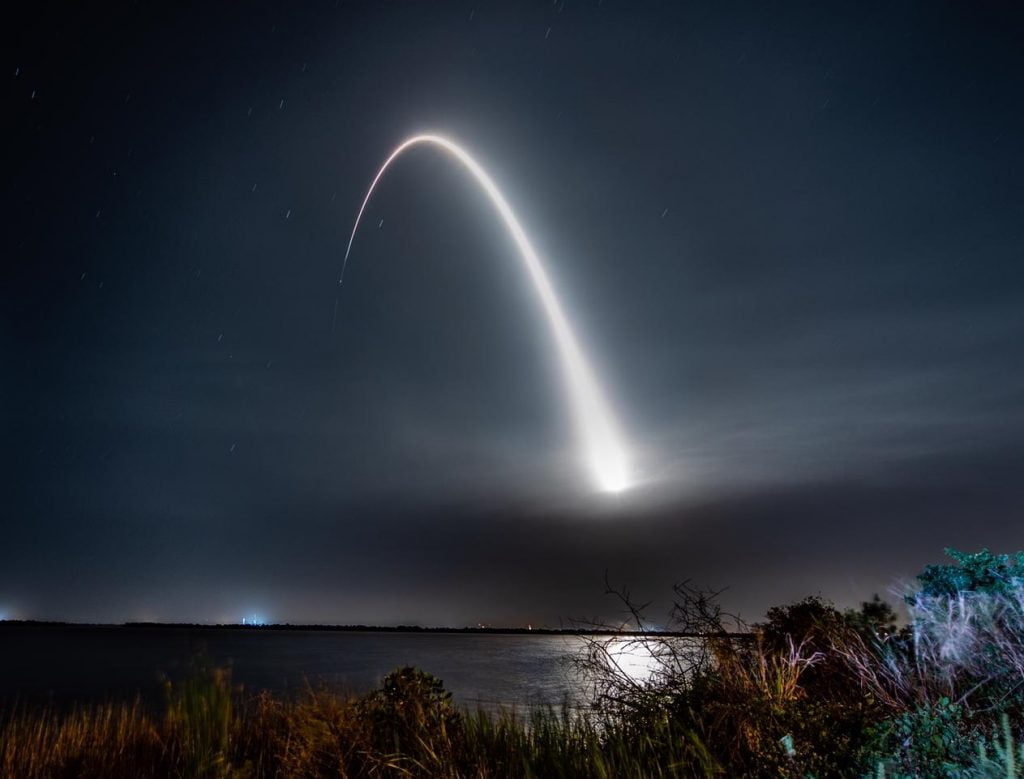
The launch of the Beresheet spacecraft aboard a SpaceX rocket on February 22, 2019. Photo via SpaceIL and IAI
A multi-disciplinary team of some 250 engineers, scientists, and computer scientists from the non-profit SpaceIL and state-owned Israel Aerospace Industries (IAI) designed, engineered and developed Beresheet. The actual building of the spacecraft from full-scale development took just four years.
Landing the spacecraft on the moon will bring an extraordinary achievement for Israel, which will join superpowers China, Russia, and the United States in landing a spacecraft on the moon.
Viva Sarah Press contributed to this report.
Related posts

Editors’ & Readers’ Choice: 10 Favorite NoCamels Articles

Forward Facing: What Does The Future Hold For Israeli High-Tech?

Impact Innovation: Israeli Startups That Could Shape Our Future


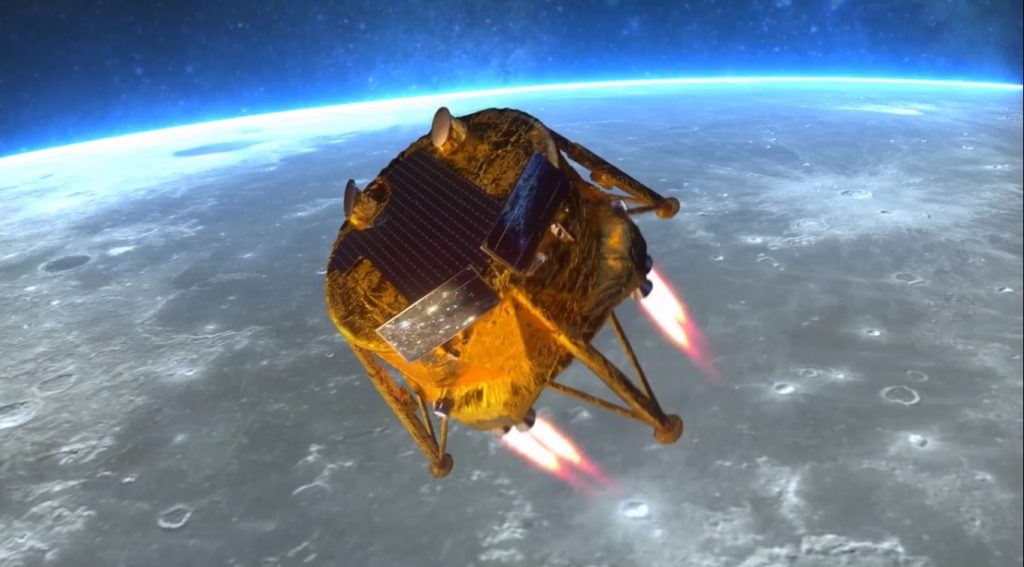
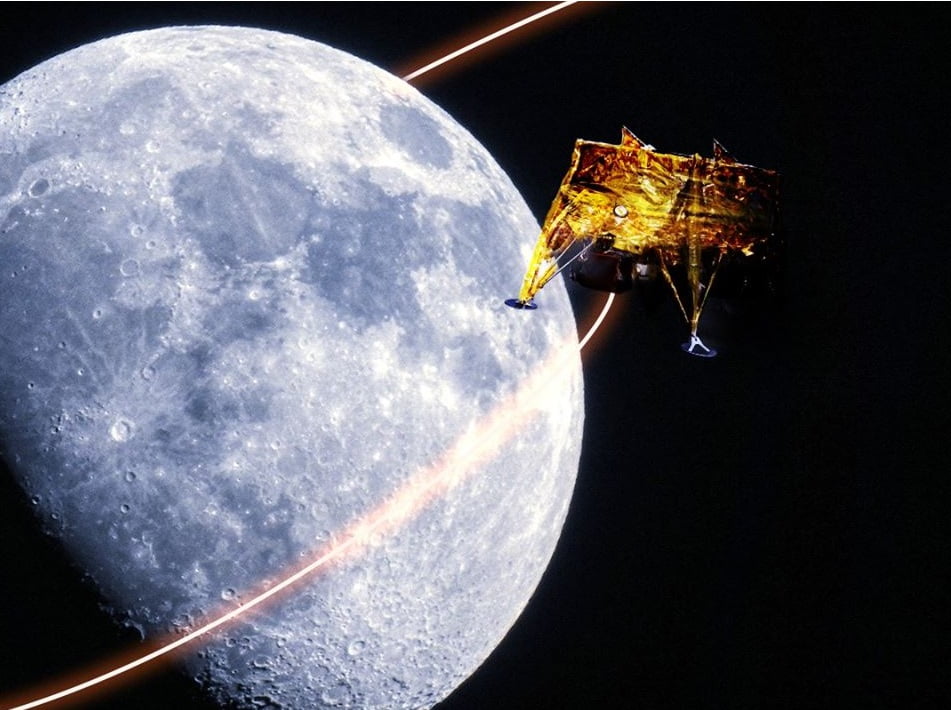

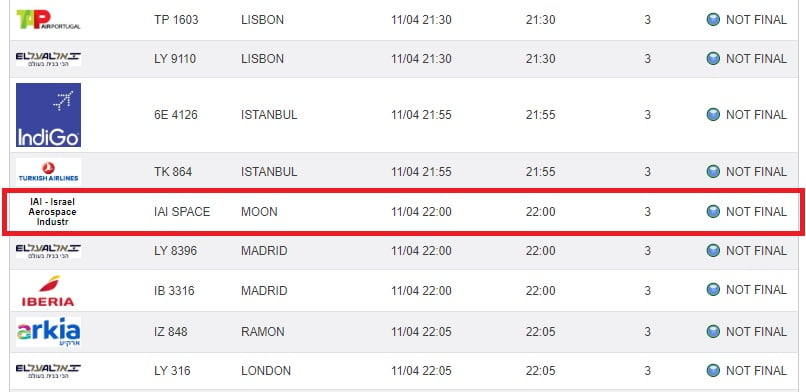
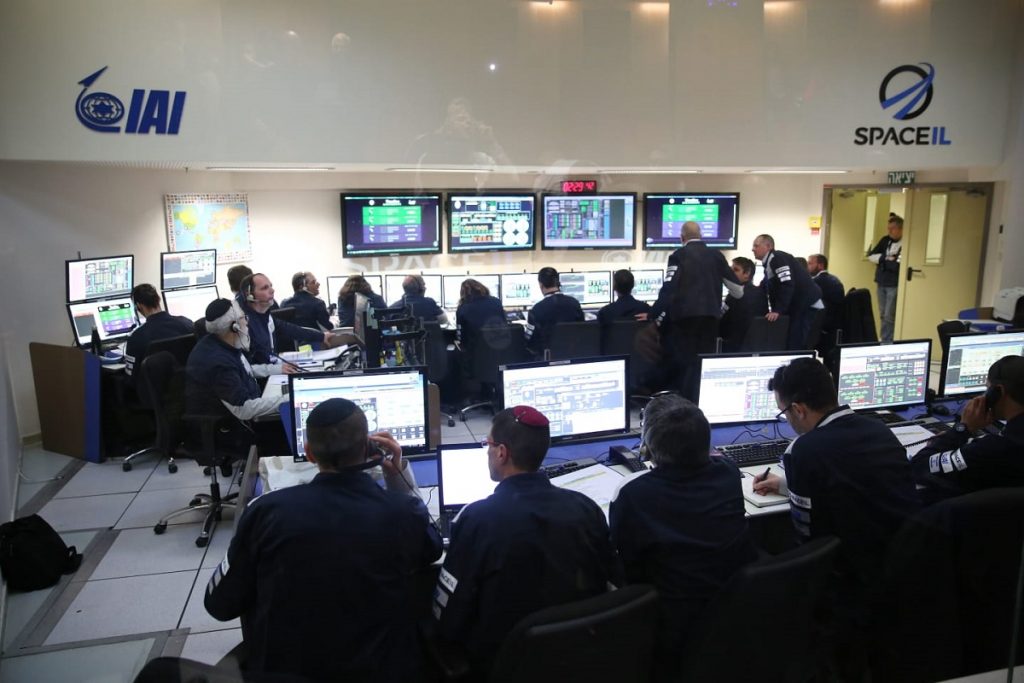


Facebook comments